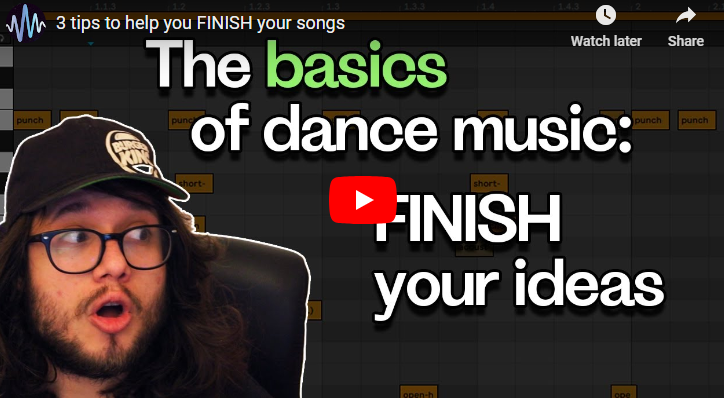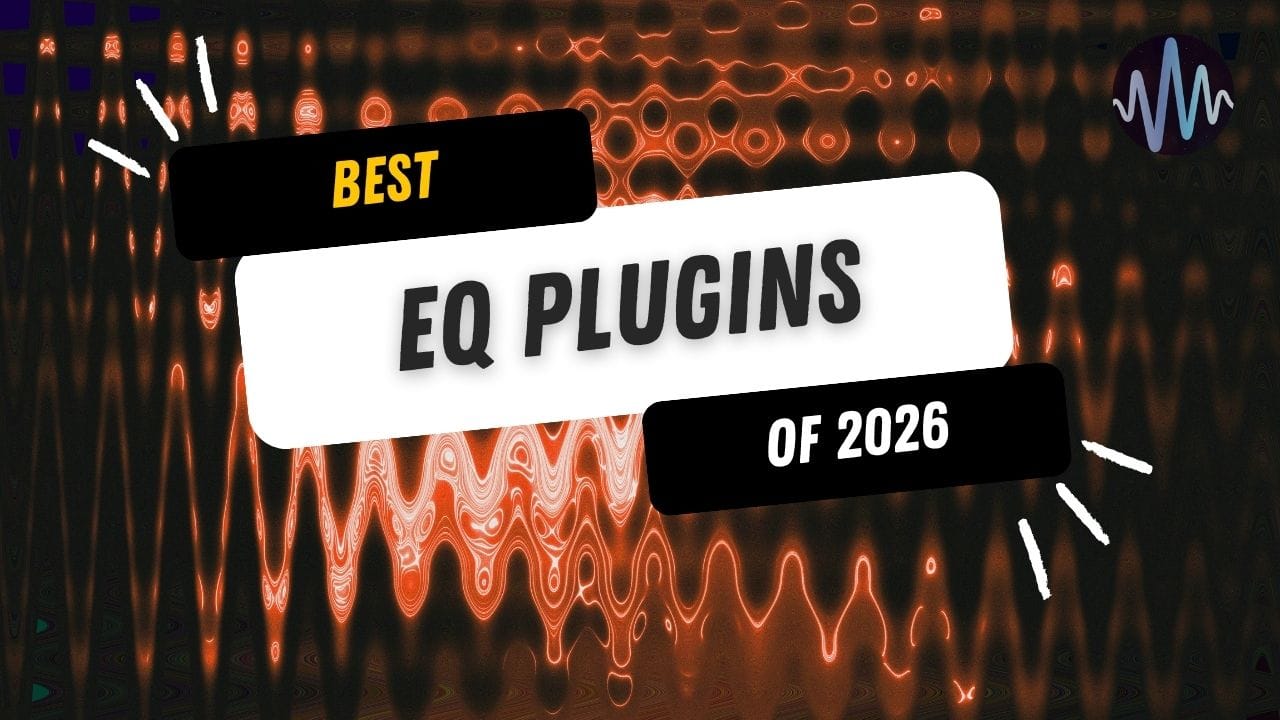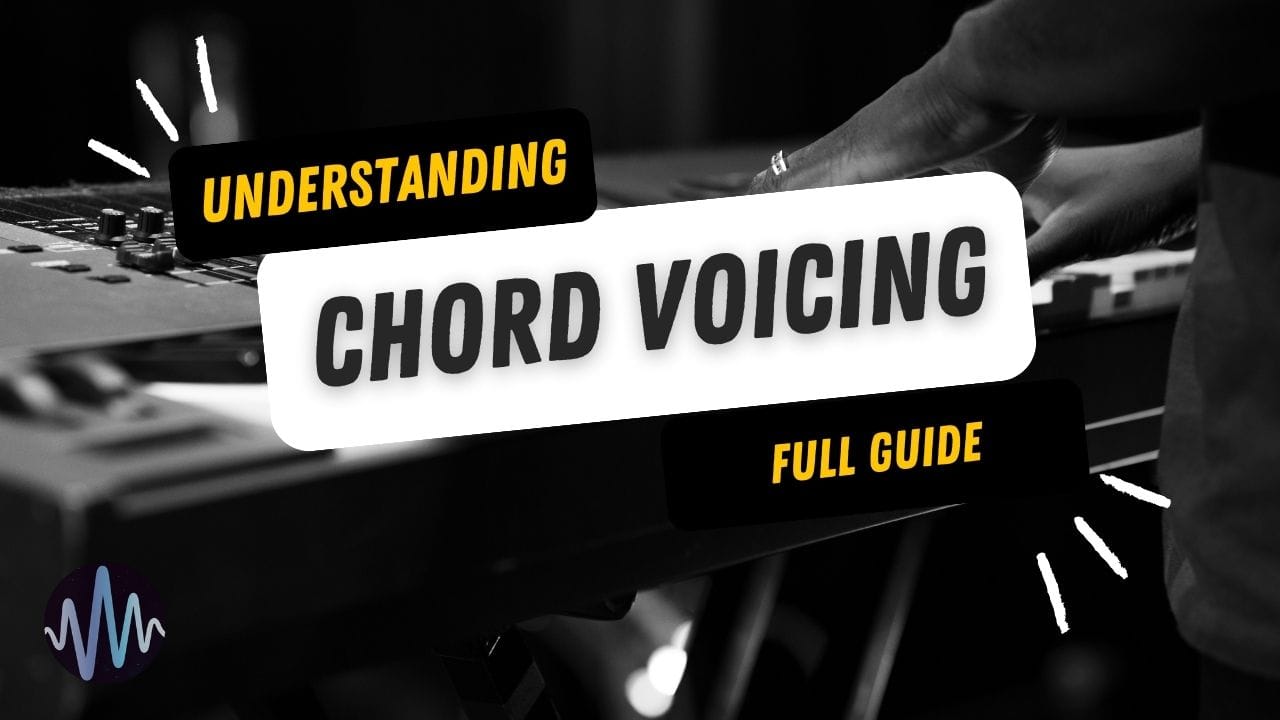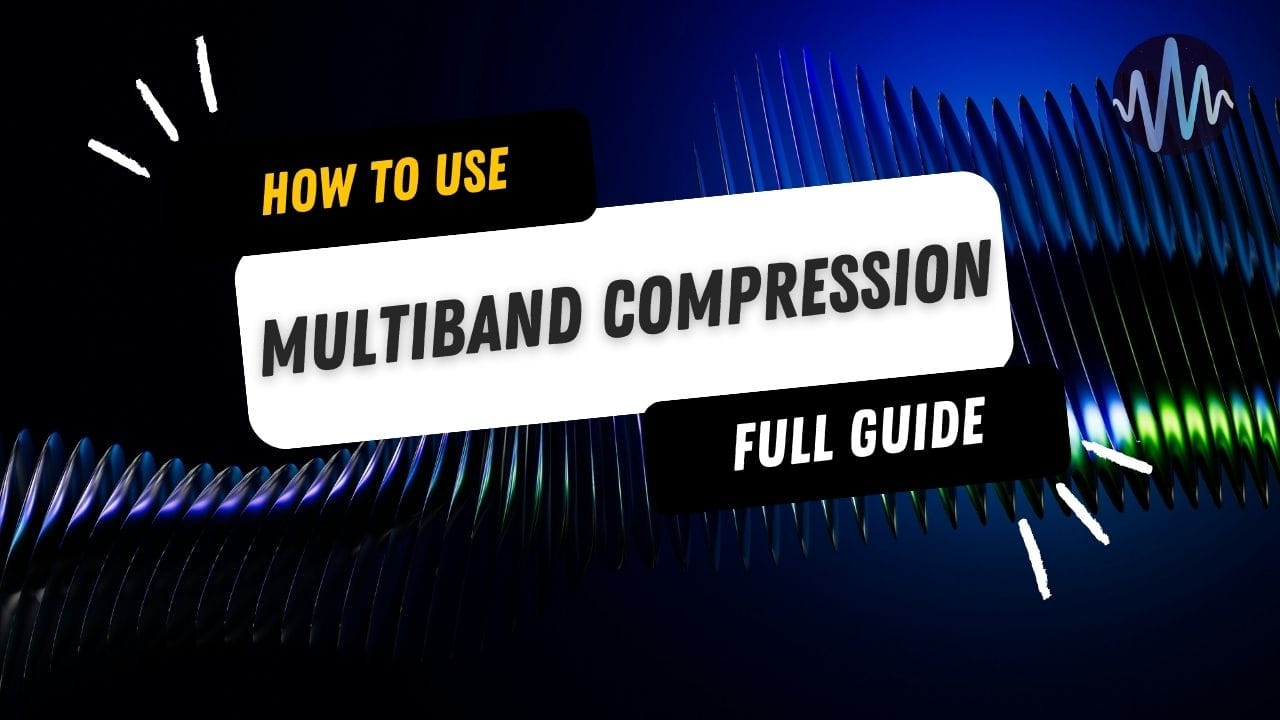Don't we all love to start a new song, so much inspiration, the creativity flowing until... gone. Forever save track as "d j 1 2 3".
If you're like many of us, you find it hard to revisit and polish the many half-baked ideas. It seems easier to chase after that new thrill of starting something than actually to put in the work to finish. But what if you could love the finishing of your tracks as much as starting them?
These tips will help you finish all of those abandoned songs that you have sitting around on your hard drive. They are are based on my own approach, so take them as inspiration - every song is going to require a different method. But hopefully, some of these ideas will help you figure out what your music needs.
If you produce Techno, House, EDM, Drum & Bass, or any type of electronic/dance music, these tips are very useful to ensure that your song flows well and feels fresh.
Tip 1: Don't Show Your Whole Hand
It shouldn't be like the listener has to take in all the elements right from the beginning. Instead, bring them in one by one.
In a short and repetitive song:
- I would use only the bassline and organ first, with the drums muted.
- Then, I'd slowly work in the drums, leading with the closed hats.
- Give the listener something to latch onto and make them feel part of your music.
A common mistake for new producers is overwhelming the mix by introducing too many elements at once. To avoid this, introduce elements slowly and deliberately.
- Example: Start with the bassline and organ. Let these core elements shine. Gradually bring in drums, starting with the closed hi-hats.
- Benefit: Creates a sense of build-up and anticipation, keeping the listener engaged. Professional producers use this technique to great effect.
Tip 2: Keep it Simple
Some of my favorite tunes only have a couple of main elements that just seem to fit together perfectly. Avoid the temptation of adding too much detail.
For instance, on another one of my compositions:
- I left the bassline pretty basic
- A little extra bounce by repeating notes in the sequence.
Remember: Focus on making each element count, rather than adding unnecessary complexity.
There's often a temptation to add as many elements as possible.
- Example: Use a simple bassline with just a few repeated notes. Combine this with a straightforward drum pattern, like a classic four-on-the-floor kick and steady hi-hat groove.
- Benefit: By focusing on core elements, you can create a track that feels full and compelling without unnecessary complexity.
Tip 3: Leverage Silence and Subtle Changes
One of the most impactful techniques in music production is knowing when to pull back. Strategic use of silence or minimal sections can create anticipation, making the return to the full sound more powerful.
In my tracks:
- I often strip back elements briefly, which heightens the impact when everything kicks back in.
- Find the right balance between holding back and letting loose.
Once the foundation of your track is solid, subtle details can elevate it to the next level. These micro-adjustments might seem small but can significantly impact the overall listening experience.
- Example: Create moments of tension by briefly stripping away the drums, leaving just the bassline and organ. Play with the velocity and timing of the hi-hat pattern for a more organic feel.
- Benefit: These subtle tweaks can make your track stand out by adding a human touch and creating dynamic interest.
Additional Tips for Electronic Music Producers
- Progression: Whether you’re producing Techno, House, EDM, Drum & Bass, or any electronic genre, ensure your track progresses smoothly. Avoid stagnant sections by gradually evolving the arrangement.
- Groove: Small adjustments in groove can keep your track lively. Subtle changes to rhythm and timing can make a significant difference.
- Any DAW: These techniques are demonstrated in Ableton Live, but they are easily transferable to other DAWs like FL Studio, Logic Pro, Bitwig, or Reason.
Technical Cheatsheet
Tip 1: Gradual Introduction of Elements
- Progressive Element Introduction: Build dynamics by adding elements gradually.
- Mute and Unmute: Control element activity using your DAW’s mute/unmute functions.
- Automation: Apply automation for smooth transitions of volume, pan, and effects.
Metrics:
- Listener Engagement: Higher retention rates with gradual build-ups.
- Dynamic Range: Ideal range is 8-12 dB for maintaining interest.
- Session Length: Longer listening times indicate successful engagement.
Tip 2: Keep it Simple
- Minimalist Approach: Focus on a few key elements to avoid clutter.
- Groove and Rhythm: Use simple, repetitive patterns with subtle variations.
- Mixing: Ensure clear separation and balance of elements.
Metrics:
- Clarity and Separation: Use spectral analysis for distinct frequency ranges.
- Mixing Metrics: Monitor RMS and LUFS levels for consistency.
- Playback Analytics: Higher completion rates indicate better simplicity.
Tip 3: Leverage Silence and Subtle Changes
- Use of Silence: Create anticipation with strategic pauses.
- Subtle Variations: Maintain interest with minor changes in rhythm and effects.
- Balance: Ensure a good mix of silent and full sections.
Metrics:
- Dynamic Variance: Balanced variance keeps listener attention.
- Engagement Drop-off Rates: Analyze and adjust based on where listeners drop off.
Final Words
So there you have it, three tips that have really helped me stay motivated to finish my songs. Of course, your mileage may vary, but I hope you find some inspiration here.
Let us know if you'd like to see more of this format, or if you have any other suggestions. And don't forget to check out Sample Focus for all your sample needs - use your free credits to download some today!







Comments